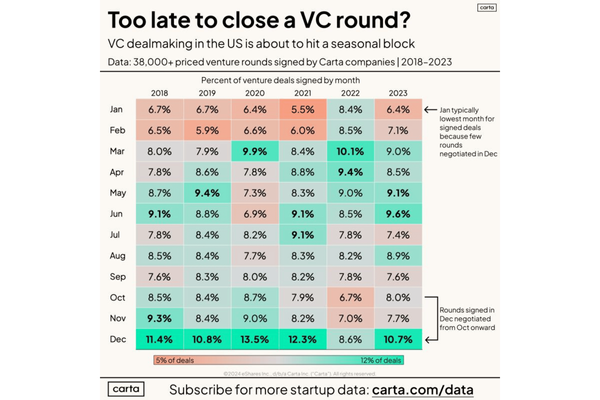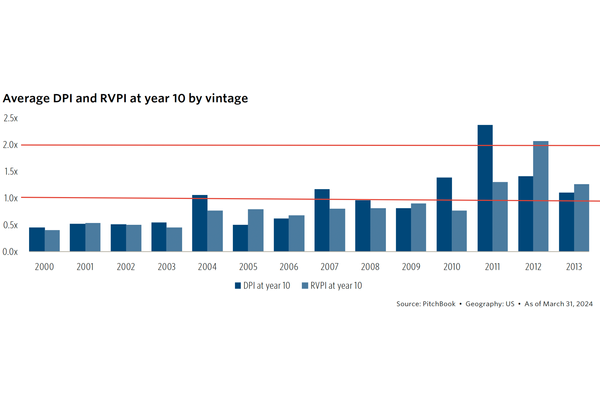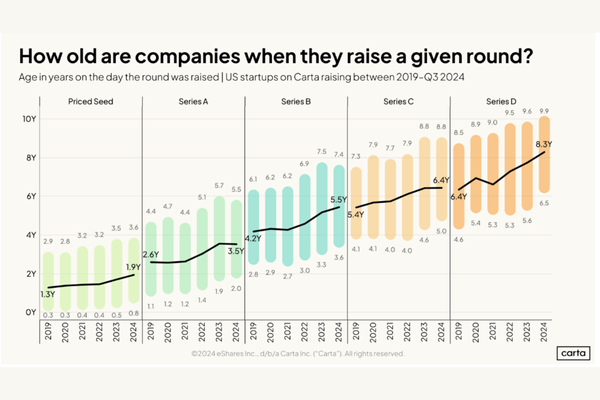Build a Proper Revenue Model
Even in the earliest stages of your business, it's important to build a proper revenue and customer acquisition model. It doesn't have to be an overly complicated exercise, but it should force you to think through a few very important parts of your business. If done right, this model will also help you better understand your cash flow needs as you start to invest in growth.
The right kind of revenue model is valuable even if you're pre-revenue. Because a good revenue model is built on a customer acquisition plan that will help you think about how you're going to bring in users and customers.
It's amazing how often I see a revenue plan that is built on assumptions of a number of orders, or a number of customers, with no support behind those numbers. There is enough guess-work in building an early stage business. At least take the time to work through your customer acquisition strategy so that your revenue plan is grounded on more thoughtful guesses and assumptions.
Trying to execute against a revenue plan, or even a user growth plan for a pre-revenue company, without having built a customer acquisition model is like driving down the highway with your headlights turned off.
A useful revenue model has three core components. I'm going to briefly highlight them here, and then I'll dig into each one separately in future posts.
Customer Acquisition Model
Your customer acquisition model should show how you are going to build a pipeline of paying customers, and what it's going to cost by channel to do so. If you're pre-revenue and just focused on user growth, you can use this model to show how you're building a base of engaged users. Regardless, this should help you focus on where customers/users are coming from, the specific channels you are going to focus on, and the investment you'll need to make to get them there. The output from your customer acquisition model, as the name suggests, is the number of new customers you are adding each month, as well as the direct costs of acquisition.
Sales and Marketing Staffing and Expense Model
You're likely going to need people and investment to execute your customer acquisition plan. While the customer acquisition model will include direct costs of acquisition, this is where your indirect costs will be pulled together. Perhaps in the early days, you'll be hoping that you can build a customer base organically, based on the greatness of your product, organic search, and word of mouth. That's great. Then this will be an easy model to build. But assuming you're going to start investing in sales and marketing initiatives, at some point you're going to need to start hiring the people and investing in the tools they need to execute on that plan. The output from this model will be headcount requirements as well as indirect expenses to support the team (ie. Salesforce license, travel costs, etc)
Revenue Model
Notice that this plan is listed last. This is where things get really interesting. You'll drop in the monthly new customers you are acquiring. You'll now also have to think about the impact of existing customers. Is your offering a monthly subscription product or are you a commerce company that that has to figure out how to get from the first order to the second? How do you think about customer retention and repeat buying behavior? Do you have different products or services with different pricing tiers? All of these various assumptions will be combined to calculate your monthly revenue number.
Of course, these models are built on assumptions. And in the beginning, you're doing a lot of guesswork. But the value will be in seeing where your early assumptions are wrong so that you can quickly try to address shortcomings and get back on track. That's the value of doing this kind of planning.
A well-built revenue and customer acquisition plan can also help ensure that you understand the cash you'll need to build your customer base and start to grow revenue. It's almost always far more expensive than you think it will be!




